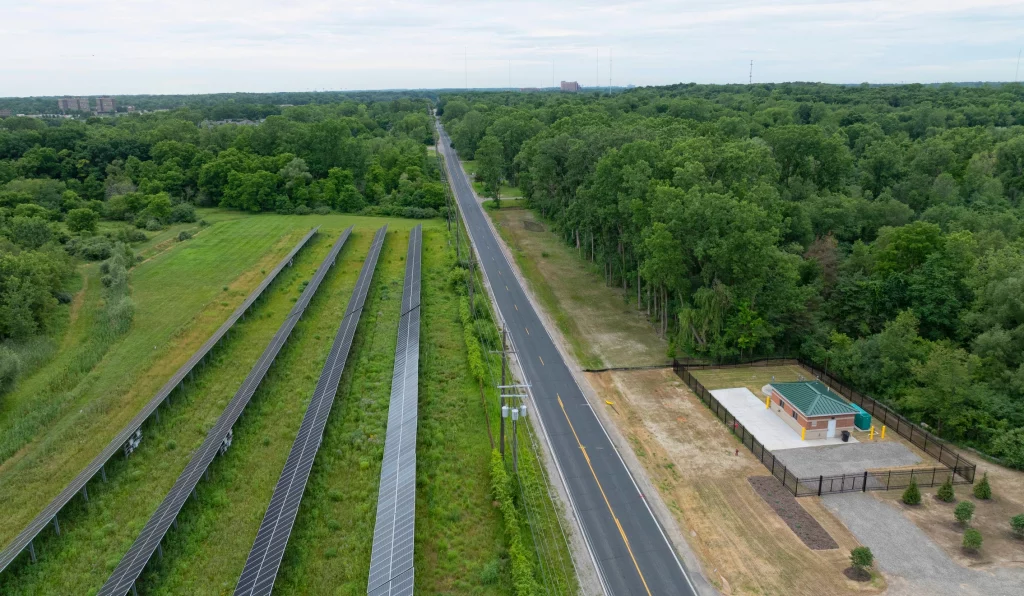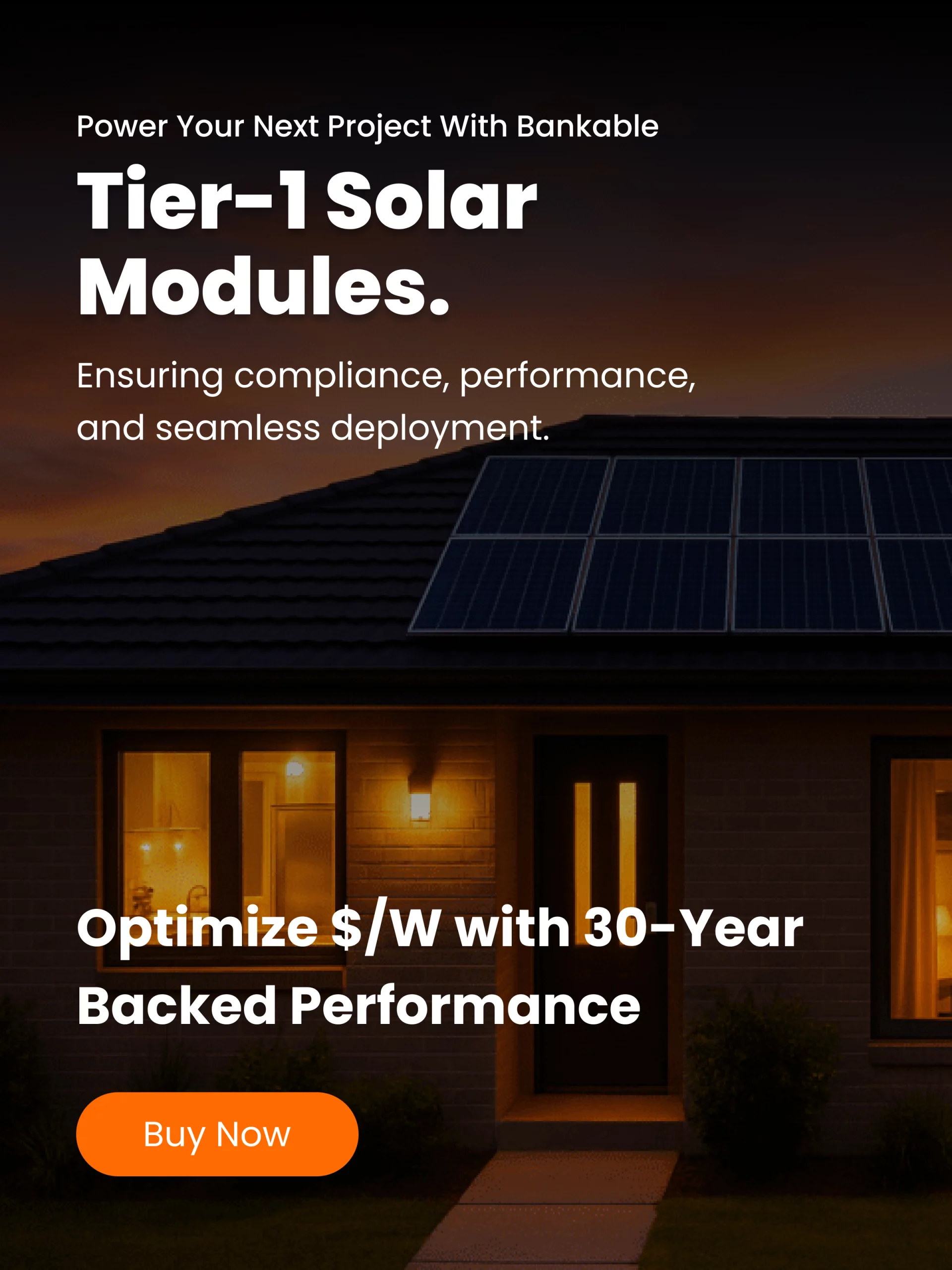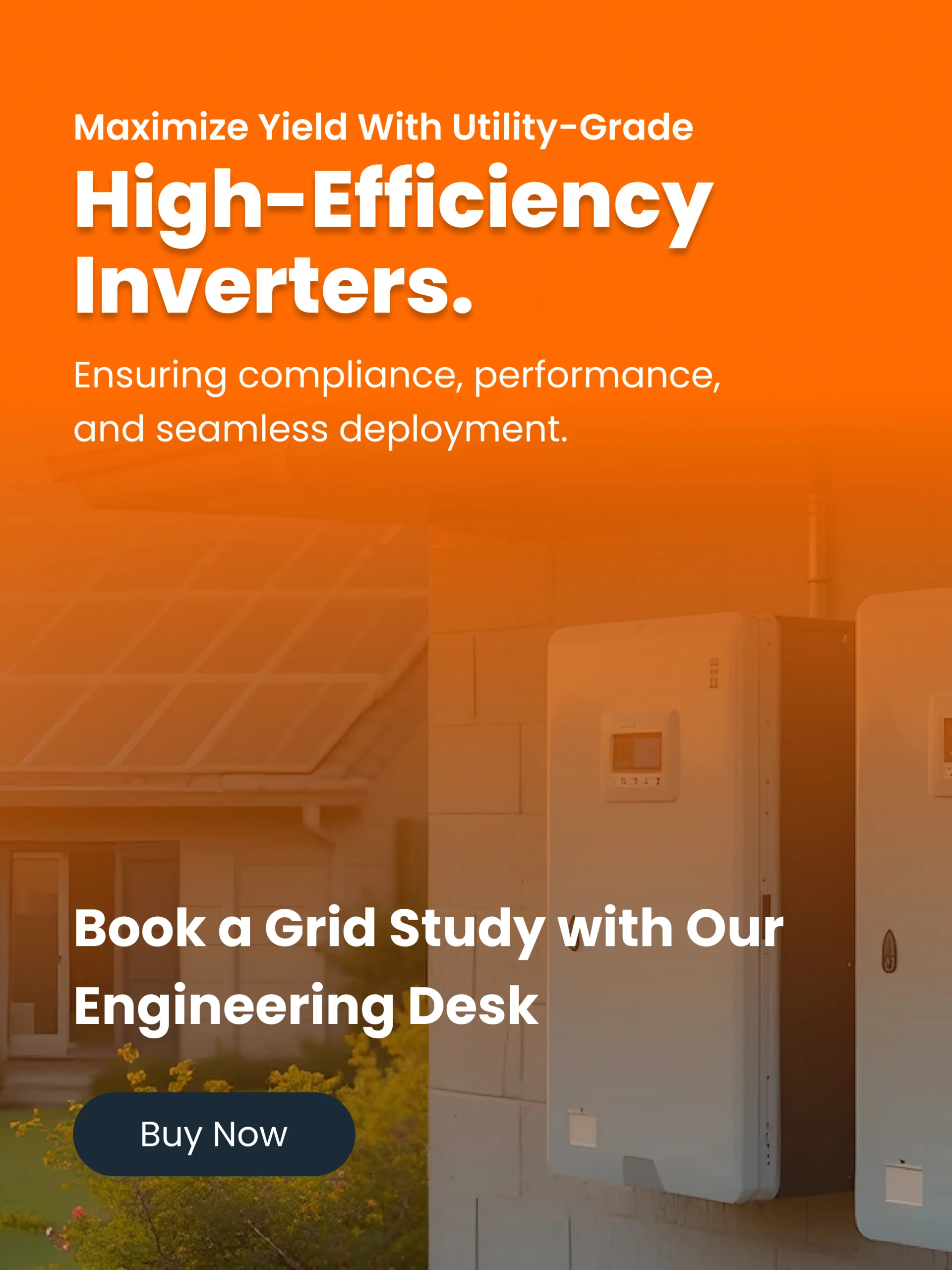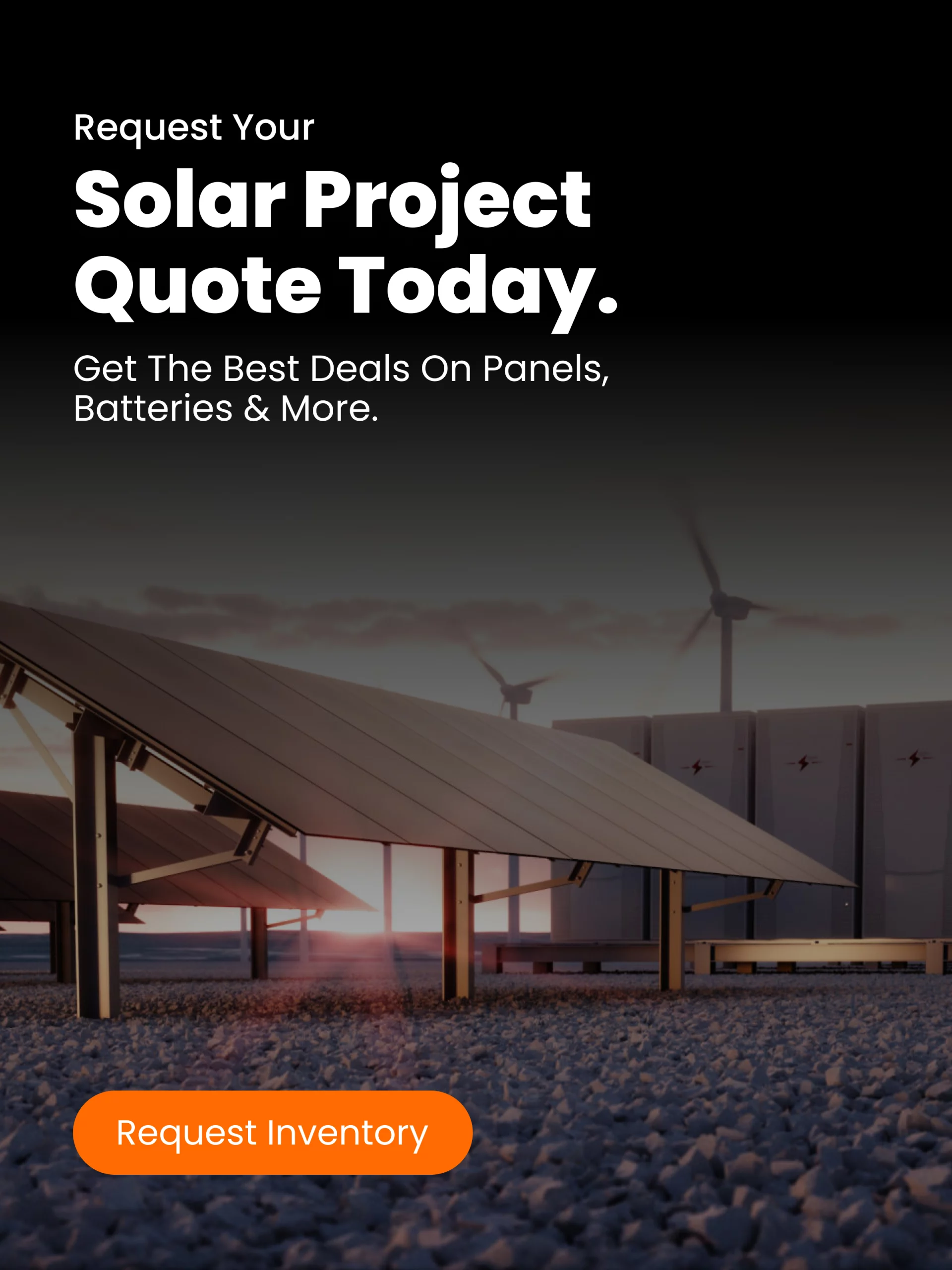Not everyone can put solar panels on their own roof and that doesn’t mean you can’t benefit from solar power. Community solar (sometimes called “shared solar”) offers a way for people to access clean energy without installing panels on their property. It involves a solar facility (often built somewhere else) whose electricity is shared, either by ownership share or through a subscription model. You still get credited for your portion of the energy, usually through what’s called virtual net metering, which offsets your utility bill.
Ownership vs subscription models
There are two main ways to participate in community solar:
- Ownership share: You buy part of the solar array (a set number of panels or percentage of production). You then receive credits on your utility bill for the energy your share produces. Because you own part of the system, you may be eligible for financial incentives (like solar renewable energy certificates, SRECs, and federal tax credits) just as if you had panels on your house.
- Subscription model: Here, a developer or utility owns the system. You pay to subscribe, which means you pay for a share of the electricity produced, often at a rate cheaper than standard utility rates. You don’t own the system, so you don’t get ownership incentives but you dodge upfront investment and much of the maintenance.
Pros and cons of community solar
Pros
- Access for more people
Community solar allows renters, people with shady roofs, or those who can’t afford high upfront costs to access solar benefits. - Lower initial expense (subscription)
If you subscribe rather than buying, you avoid big upfront costs. You also avoid many installation and maintenance hassles. - Potential savings on electricity bills
The energy portion you’re allocated is credited against your utility bills via virtual net metering, which can reduce what you pay. Often, the per-kWh price of community solar electricity is lower than the standard utility rate. - Environmental benefits
By participating in shared solar, you help support generation of clean energy, reducing reliance on fossil fuels. Even if you don’t own a rooftop, you can help support larger-scale solar installations.
Cons
- Limited availability
Community solar programs are not offered everywhere. Regulations, utility policies, and local rules matter. If your state or utility doesn’t allow virtual net metering or community solar, you may not have the option. - No tax incentives for subscribers
If you don’t own part of the system, you usually can’t claim federal tax credits or SRECs. That limits the financial upside compared to owning your own system. - Ongoing costs / fees
Subscription models often include administrative fees or fixed charges. While you may save per kWh, these additional costs can eat into savings. - Lower control
Because you don’t own the system (in subscription models), you have little control over where panels are placed, how the system is maintained, or how any issues are addressed. Also, if you move, you may need to opt out or transfer your subscription under terms of the program.
Virtual net metering: the credit system
Virtual net metering (VNM) is a key mechanism that makes community solar financially realistic for many. It works like this:
- The community solar facility sends its electricity into the grid.
- Your share of that production (based on your ownership share or subscription) is calculated.
- You receive a credit on your electric bill equivalent to that share. It’s like the energy “belongs” to you for billing purposes, though you don’t physically get the electrons.
Without virtual net metering or some equivalent policy, community solar loses much of its financial benefit. Many states have specific rules around this.
Who should consider community solar
Community solar isn’t the best fit for everyone. But there are certain situations where it makes particular sense:
- You rent your residence or don’t own the roof.
- Your roof or property has shade, poor orientation, or structural limitations making rooftop solar inefficient or expensive.
- You anticipate moving in the near future, so investing in a personal rooftop system may not make sense.
- You live in a townhouse, condo, or multi-tenant facility where installing panels on your roof is difficult or forbidden.
- You want solar benefits but can’t afford the upfront cost of owning a system.
How community solar stacks up to owning your own system
Here’s a comparison to help you understand trade-offs between owning solar panels yourself vs participating in a shared solar project.
| Feature | Solar ownership | Community solar (ownership share) | Community solar (subscription) |
| Upfront cost | High (panels, installation, wiring, etc.) | Moderate (your portion of system cost) | Low to none (subscription fee rather than system cost) |
| Maintenance / upkeep | You’re responsible (though warranties help) | Shared responsibility or system owner handles most | System owner / developer handles most maintenance |
| Tax credits & incentives | You get federal tax credit, SRECs, other local incentives | If you own share, you may get many of same benefits | Typically you don’t get tax incentives, since you don’t own part of system |
| Control / long-term value | High control; increases property value; direct benefit to your home | Moderate—ownership share gives some benefit; still less control than full ownership | Lower—you’re buying power, not system assets |
| Availability / eligibility | Requires suitable rooftop or property, enough sun exposure, owning property, permit access | Requires community solar programs to exist in your area; upfront capital for ownership share | Requires program existence; may need flexible, local utility rules |
Updated policy and incentive notes (as of late 2025)
Since many community solar programs rely on policy, here are some current features to watch out for:
- The federal tax credit (formerly ITC) remains one of the key incentives for solar, but note: some ownership share models require careful structuring or documentation to use that credit.
- SRECs (Solar Renewable Energy Certificates) are still valuable in states that allow them; the ability to sell or transfer SRECs depends on your state.
- Policy for virtual net metering varies greatly: check with your utility or state energy office to ensure it’s offered and that billing credits are favorable.
- Some states or utilities have caps on how much solar can be built or how many community solar subscribers are allowed. That can limit opportunity.
Final thoughts
Community solar is a powerful option for many people who want to access the benefits of solar power without installing panels on their own property. It’s especially useful for renters, those with unsuitable roofs, or anyone who can’t afford high-upfront costs. By subscribing or owning part of a shared system, you can reduce your electric bills, support clean energy, and avoid many of the hassles of personal installation.
If you’re considering community solar, here’s what to do next:
- Check whether your state and utility offer community solar and virtual net metering.
- Find local programs and compare subscription vs ownership share models.
- Calculate your electricity use and compare savings vs what you currently pay.
- Review all fees and contract details, especially maintenance, transferability, and what happens if you move.
When done right, community solar can be a meaningful way to get clean energy, reduce your carbon footprint, and save on electricity, even if you don’t have panels on your roof.




